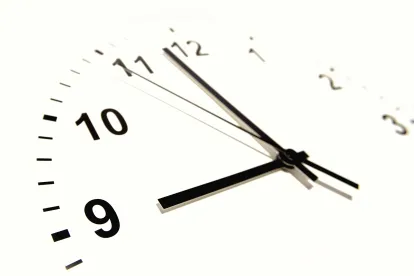The Department of Labor (DOL) released its anticipated updated white collar exemption rule on May 18. The new rule will take effect on Dec. 1, 2016, giving employers more time than anticipated to plan for necessary changes.
Vice President Joe Biden is expected to make the formal announcement in Columbus, Ohio, at the beloved Jeni’s Splendid Ice Cream headquarters at 2:30 pm EDT.
According to the White House, “the new rule is expected to extend overtime protections to 4.2 million more Americans who are not currently eligible under federal law, and it is expected to boost wages for workers by $12 billion over the next 10 years.”
The new rule will raise the salary threshold from $23,660 to $47,476 a year, or from $455 to $913 a week. The threshold will be automatically updated every three years. The updates will maintain the threshold at the 40th percentile of full-time salaried workers in the lowest income region of the country (currently the South). According to the White House, “the threshold is expected to rise to more than $51,000 with the first update on Jan. 1, 2020.”
The White House, obviously trying to put employers’ plight in a positive light, claims that “employers retain considerable flexibility in how they comply with the new rule, such as increasing salaries to at least the new threshold to keep positions that are primarily executive, administrative, or professional exempt from overtime pay; paying overtime for hours worked in excess of 40 in a week; or reducing overtime hours.”
The DOL says that the “highly compensated employee” threshold will increase from $100,000 to $134,004, “above which only a minimal showing is needed to demonstrate an employee is not eligible for overtime.”
The DOL claims that it responded to “employers’ concerns by making no changes to the “duties test” and allowing bonuses and incentive payments to count toward up to 10 percent of the new salary level.”
The new rule will knock countless people out of these exemption categories and into eligibility to receive overtime pay. In response to an elevated threshold, most employers will, by economic necessity, resort to strategies designed to keep labor costs static. Those strategies will obviously be the subject of considerable discussion over the next couple of months.
The White House has heralded three DOL technical guidance documents designed to help private employers, non-profit employers and institutions of higher education come into compliance with the new rule.




 />i
/>i

